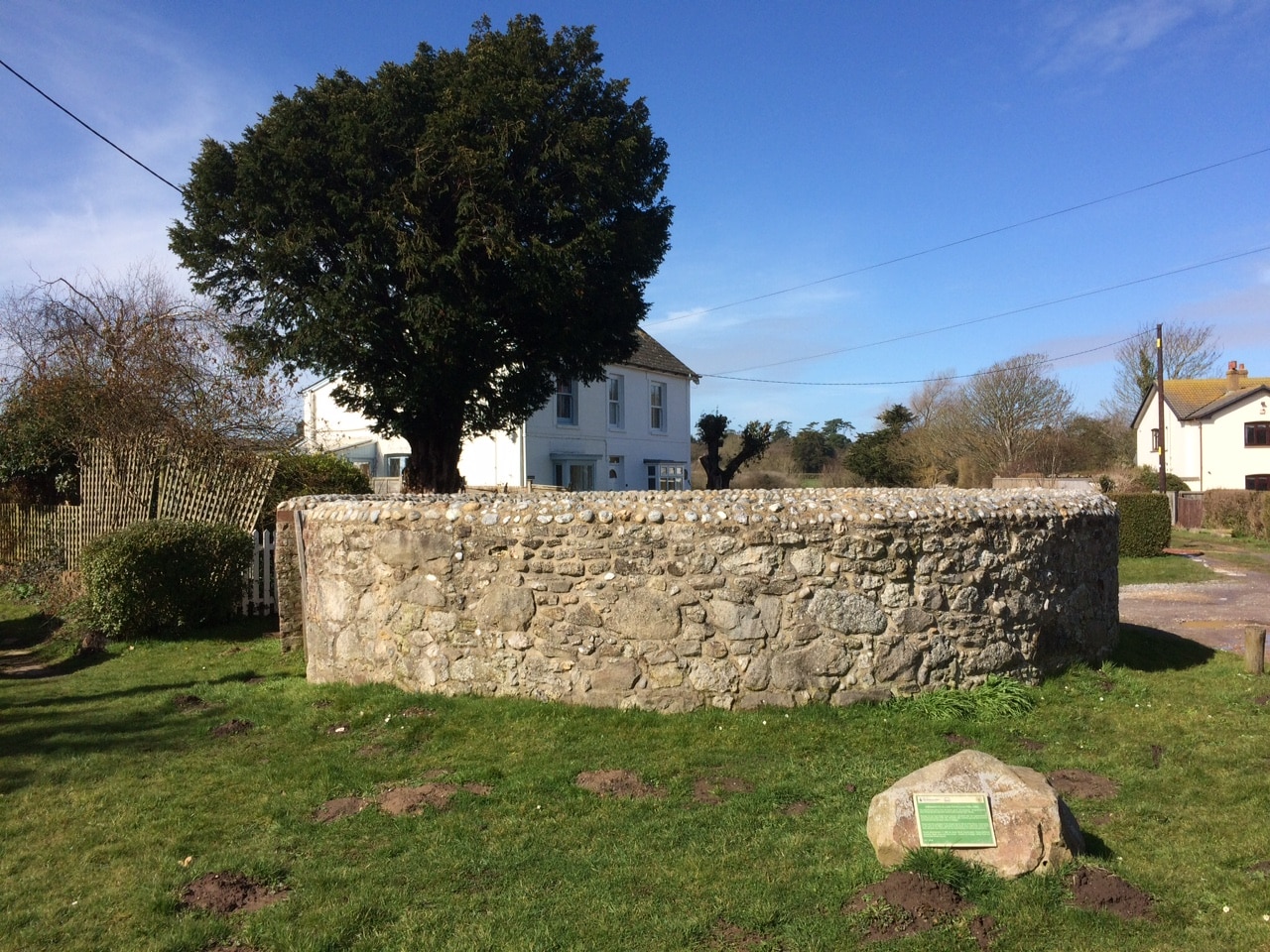Support us from £3/month
We deal with almost 1000 cases a year assisting communities, groups and individuals in protecting their local spaces and paths in all parts of England and Wales. Can you help us by joining as a member?
We have criticised the Ministry of Housing, Communities and Local Government for its lack of protection of open space. The ministry has recently consulted on a revised National Planning Policy Framework (NPPF), to which the we have responded.
In particular, the society believes that the proposed new NPPF undermines the Local Green Space (LGS) designation and fails to give adequate protection to land registered as common land or as a town or village green.
The society believes that LGS should provide opportunities for public enjoyment and well-being and that common land and town and village greens should be regarded as a ‘material consideration’ for planning. Commons and greens should also be included in the new definitive list of sites which are protected from development (footnote 7 to the revised NPPF), otherwise they will be considered fair game for developers.
Says Nicola Hodgson, one of our case officers: ‘The planning system should not duck out of responsibility to protect commons and greens just because there is a separate regime for regulating works on common land. That regime should not be regarded as a substitute for protective planning policies.
‘Common land is vital for its wildlife habitats, landscape, cultural heritage and opportunities for informal recreation. Town and village greens are equally important for the health and well-being of local communities.
‘While LGS is an excellent concept, it is no substitute for commons and greens. In any case, there has never been a clear process for LGS designation, nor is there guidance on how it should be managed. The NPPF only affords LGS the same level of protection as green belt and LGS confers no rights of access for the public.
‘We hoped that the revised NPPF would take the opportunity to set out how LGS can be a clear part of the planning process. We were greatly disappointed to find that it will instead be undermined. Planning authorities have different interpretations of the LGS criteria and of how to designate land. Even when local people have applied for land to be designated as LGS, because they believe it to be special, there is nothing to stop a planning application from being considered and determined.
‘Since LGS is alleged to have the same protection as green belt, the LGS designation is further weakened by the proposal to allow green belt to be considered for development through neighbourhood plans. If green belt is to be developed, we argue that additional green accessible space must be made available,’ Nicola declares.

